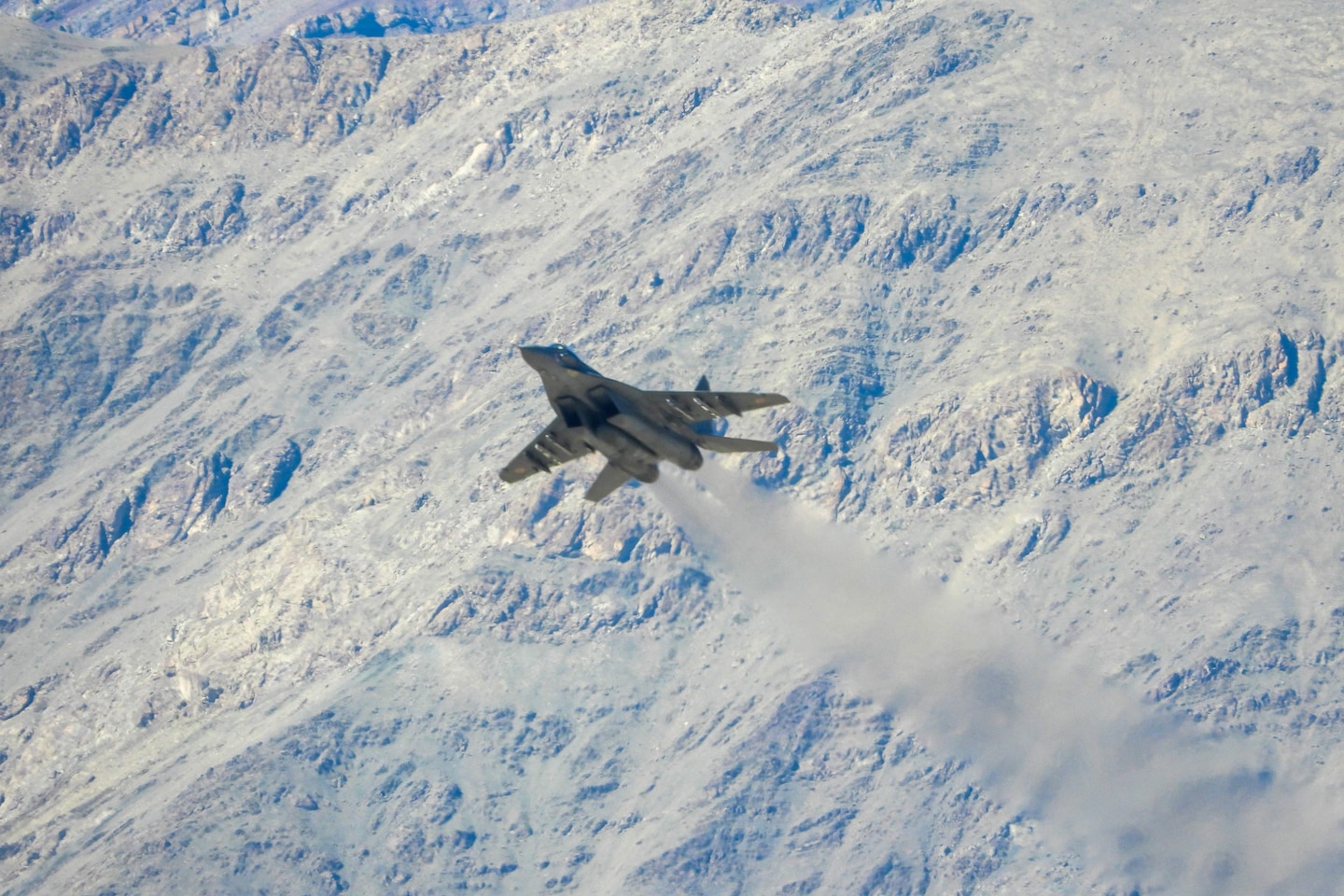Appearing before the Indian parliament on Tuesday, Defense Minister Rajnath Singh accused Chinese troops of crossing into Indian territory and “disrupting the status quo unilaterally.” Singh said the two sides were engaged in hand-to-hand combat and no Indians were killed or seriously wounded. He did not give details about what had happened or how many soldiers were involved in the confrontation.
When asked about the Indian allegations on Tuesday, Chinese Foreign Ministry spokesman Wang Wenbin said at a regular press briefing that he had no details and declined to comment saying only that in general the border situation was “stable.”
“The two sides have always maintained smooth communication on border-related issues through diplomatic and military channels,” he said.
For decades, India and China have had numerous overlapping claims along their 2,100-mile border, which stretches across nearly the entire Himalayan range. In 1962, when the countries fought a bloody, high-altitude war over the contested territories, China seized Arunachal Pradesh, which it claims as part of South Tibet, before returning it to Indian control.
In recent years, soldiers from both sides have patrolled up to the “Line of Actual Control” (LAC), which effectively serves as a notional border. But in some parts of the border, the LAC and its patrol points are under dispute and encamped Indian and Chinese soldiers are locked in a standoff. In other stretches, such as Arunachal, it is loosely defined and opposing soldiers often come into contact.
In May 2020, the two sides began tussling over Indian road construction work on a barren plateau in Ladakh, at the far northern tip of India. That June, 20 Indian soldiers and an unknown number of Chinese died in a bloody brawl in Ladakh’s Galwan River valley. Soldiers bashed each other using stones, clubs and other weapons short of firearms — and hurled each other off cliffs, according to media reports in both countries. That September, gunshots were fired for first time.
Friday’s clash, which involved hundreds of soldiers, according to Indian media reports, would be the most serious incident since 2020. It’s not clear whether the flare-up will seriously derail ongoing talks to lower border tensions.
Since 2020, corps commanders from the two militaries have met 16 times to negotiate a pullback from the LAC in Ladakh. The talks led to troop withdrawals in September from several patrol points where they have been encamped — a development that has been hailed as a breakthrough in India-China relations.
But there is “no significant reduction” in Chinese troop levels in Ladakh, Indian army chief Manoj Pande said in November. He called the border situation “stable but unpredictable.”
Meanwhile, Arunachal Pradesh in the northeast has seen less of a military buildup but remains contested. Opposition politicians and even local leaders of India’s ruling party have warned about steady Chinese encroachment on their territory and a buildup of Chinese infrastructure and settlements near the border that have gone uncontested by New Delhi.
China, for its part, has complained about India’s growing closeness with the United States, including in the realm of military cooperation. This month, the U.S. Army’s 11th Airborne Division held exercises with their Indian counterparts in exercises known as Yudh Abhyas. The exercises are scheduled annually but were seen as symbolically significant this year because they took place 65 miles from the Chinese border and focused on mountain warfare and disaster relief operations.
The exercises with U.S. troops “violate the spirit” of border agreements between the two countries, Chinese Foreign Ministry spokesman Zhao Lijian said last month. “It is not conducive to mutual trust between China and India.”
In its annual China Military Power Report published on Nov. 29, the Pentagon said Chinese officials “have warned U.S. officials to not interfere with [China’s] relationship with India.”
Shams Irfan contributed to this report.



